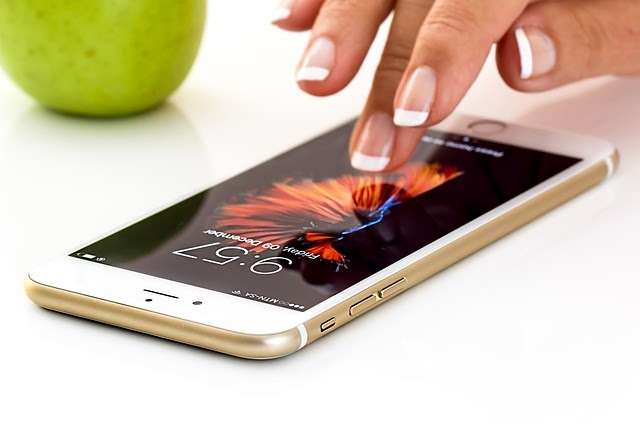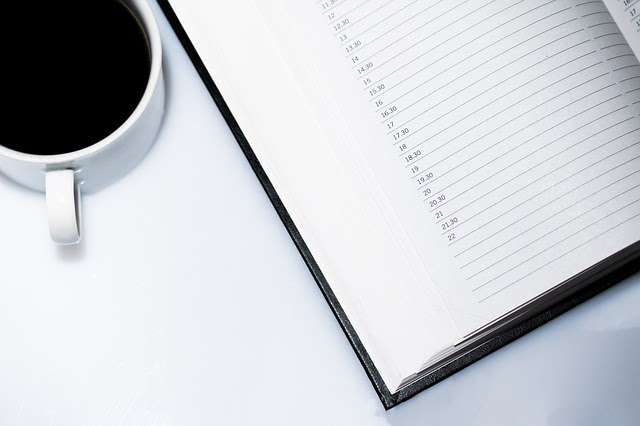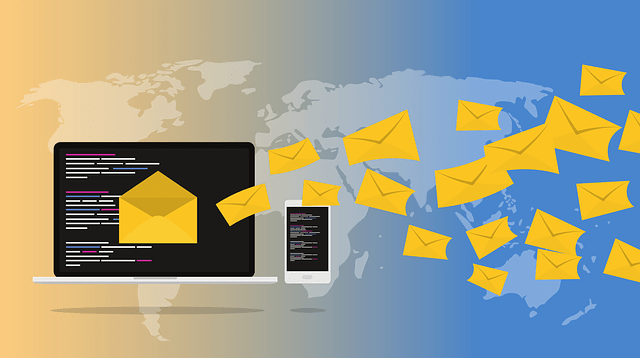Work-life balance : are we all addicted to our smartphones ?

Work-life balance : are we all addicted to our smartphones ?
All-day long Slack conversations and late evening email responses aren’t rare : they have become the norm for numerous workers.
Over the years, smartphones, tablets and laptops have replaced desks and notebooks : we all own portable desktops in our pockets.

Source : Insider.co.uk
Sure, this increased mobility has brought major game-changers in the workplace : The Work Foundation reports that more than 30% of all workers can now work remotely for at least part of their working week.
With so many workers now able to work from virtually any location, the barrier that separates our work life from our personal time has become thinner and thinner : some of us workers can’t even tell whether we’re putting 35, 40 or 50 hours a week.
Remote working also has its downsides
When it comes to remote working, there are indeed some real advantages derived from the increased flexibility and mobility :
- We can combine caring responsibilities with paid work
- We can reduce our daily commute time
- It’s better for the environment
- It reduces estate costs
Although all of these are true, mobile workers also suffer from the downsides of remote working.
A recent study led by Frost & Sullivan revealed that smartphones and connected devices add pressure when it comes to work : 40% of respondents declared feeling a pressure to remain connected as long as possible – even during break times.

Compulsively checking out for notifications isn’t healthy.
Source : Pixabay
Confronted with instant messaging and multiple communication channels, workers tend to have a hard time distinguishing work time from personal time : we’ve all checked our emails during nights out or even during dinner.
This erosion between work and non-work comes at a cost : The Independent led a research that showed mobile workers tend to take shorter breaks and feel compelled to work longer and later – even during holidays.
For some workers, checking emails and message notifications is the last thing they do going to bed – and the first thing they do when they wake up : this leads to the feeling of constantly working.
The myth behind 24/7 availability : it’s not so good.
Surely, responding to your colleagues and bosses messages in the minute means that you’re available.
On the other hand, a constant availability also means that workers have a hard time spending quality time with their relatives and friends which ultimately leads to unintended consequences such as anxiety, burnout or depression.
Besides, constant communication also comes at the cost of productivity : multiple communication channels and frequent emails mean that we get interrupted all the time.
Jason Fried, CEO at Basecamp, thinks that modern communication creates too much distraction and reduces our productivity :
“Our days are being occupied by things that don’t matter most of the time. We’re just talking. There’s a big difference between constant conversations and meetings and actually getting work done. ”
On that matter, Basecamp’s CEO recommends that you turn off your slack notifications and emails for a while in order to reach a “deep focus state” during which you can actually get things done.
4 tips for a more healthy work-life balance
- Schedule your time and focus on what matters
- Unplug when it matters
- Be open about it
- Don’t go all in : start small
We all have things to get done by the end of the day.
Unfortunately, email and message notifications constantly bring us back to another task for which we feel the need to act now.
Knowing this, it’s no surprise that our productivity actually reduces : we have a hard time concentrating on what truly matters during work time – which is why we feel like we need to work all the time.
In order to address this issue, one solution consists of creating a clear and fixed schedule that summarizes your daily tasks and defines your “office” hours.

Define a clear schedule – you’ll feel better.
Source : Pixabay
If you manage to do so, you’ll create a more stable working environment in which :
- You know exactly when to start working
- You know exactly when to stop working
It may seem like a small change, but implementing set times will truly help you draw a line between your work and non-work life.
Of course, you’ll want to let your colleagues and hierarchy know about your periods of unavailability in order to prevent any misunderstanding.
Drawing a line between your working hours and your personal life also implies that some activities require your full attention.
In fact, many studies report a correlation between happiness and a clear separation between your personal life and professional activities.

Emails and notifications can sometime be really intrusive
Source : Pixabay
On that matter, we also know that notifications interrupt our off time and decrease its quality, whether it’s a night out with friends or just a family dinner.
Cutting on your screen time will also yield another interesting benefit : you’ll have more control on your work and you’ll develop a stronger habit of resilience.
A lot of workers feel guilty if they don’t reply in the next hour : this comes from the fact that many people feel compelled to respond as fast as possible.
If you want to find a good work-life balance, there is no getting around the fact that you’ll have to let others know about your intention.
There are many ways to do so, depending on your job position and your company’s culture :
- You could let your colleagues know your schedule
- You can talk to your managers about it
- You can change your email signature
If you need an example, just know that Shonda Rhimes doesn’t respond to emails past 7pm in the evenings and doesn’t respond at all on weekends.
Working without a smartphone isn’t an option for most of us : it’s nearly impossible.
Knowing this, you should understand that balancing your work-life routine doesn’t imply you throwing your IPhone by the window…
In order to make things really change, start by implementing small changes in your daily routine : you could stop responding to emails past a certain time or use the Do Not Disturb mode of your smartphone during dinners and other private activities.
Lastly, achieving a healthy work-life balance doesn’t necessarily have to be the workers’ responsibility : companies and management also have a huge role to play in shaping the way their employees deal with remote working and constant communication.